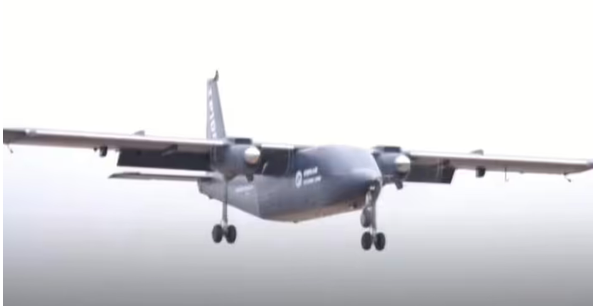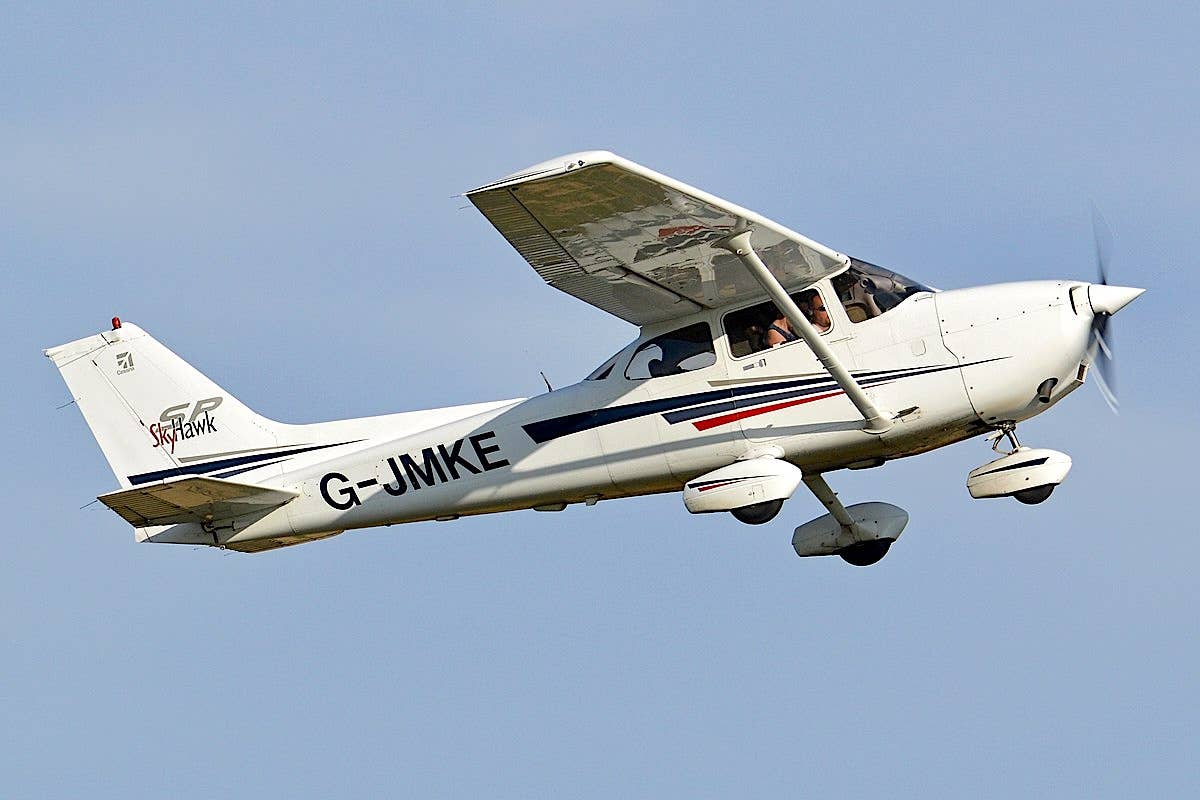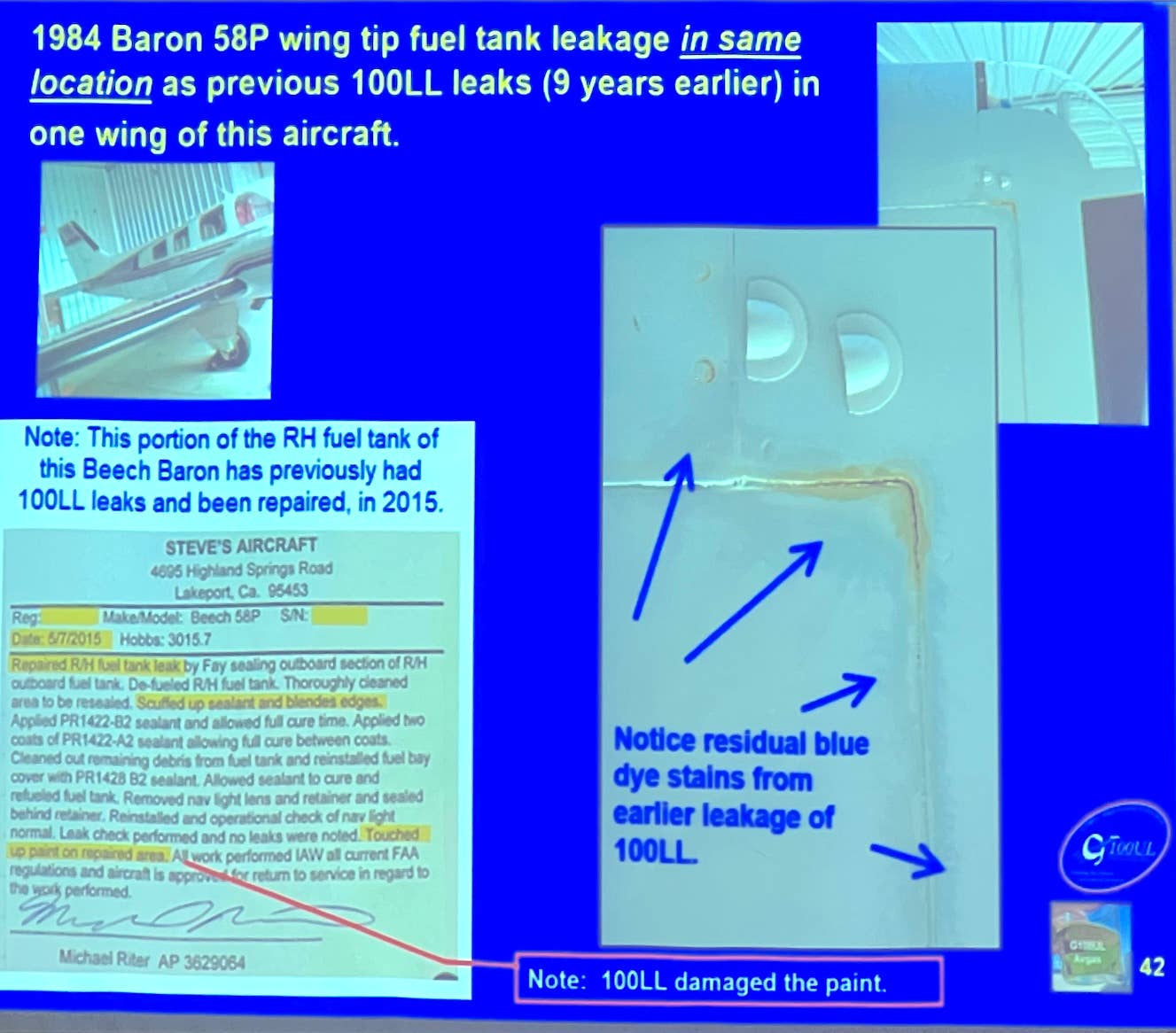Citizens Group Targets EAGLE Co-Chair And NATA Head Castagna
An organization known as SoCalSFV (Southern California San Fernando Valley) contacted AVweb in advance of concurrent anti-general-aviation protests it had planned for Van Nuys Airport (KVNY) and Long Beach Airport…

Curt Castagna
An organization known as SoCalSFV (Southern California San Fernando Valley) contacted AVweb in advance of concurrent anti-general-aviation protests it had planned for Van Nuys Airport (KVNY) and Long Beach Airport (KLGB) today (May 16). According to the letter, the protests are focused on National Air Transportation Association President and CEO Curt Castagna, who also heads up the Van Nuys and Long Beach airport associations, for what SoCalSFV describes as deliberate efforts to obstruct the distribution of General Aviation Modifications Inc.’s (GAMI’s) high-octane G100UL unleaded aviation gasoline. Castagna also serves as a co-chair of the joint FAA/industry Eliminate Aviation Gasoline Lead Emissions (EAGLE) program.
The SoCalSFV letter said, “NATA falsely claims that a cleaner alternative fuel, GAMI’s G100UL, is not commercially available, [and is] effectively working to obstruct its distribution.” The letter cites the fact that G100UL has been granted an FAA Supplemental Type Certificate (STC) for virtually all piston aircraft engines and is therefore “commercially available.” According to the letter, “The #1 goal, on FAA’s website is ‘to identify at least one unleaded fuel acceptable for safe General Aviation fleet use.’ The FAA did that when they issued STCs for GAMI G100UL.”
AVweb spoke at length with Castagna, who acknowledged the issue is complicated and confusing. He said that there is a difference between the FAA approving the use of a fuel and approving the fuel itself. “The FAA’s responsibility stops at the wing of the airplane,” he said, meaning that the FAA STC does not take into account “other industry stakeholders” such as fuel suppliers, distributors, transporters, engine and component manufacturers, and FBOs that store and pump the fuel. He said issues of risk mitigation and liability protection for those other stakeholders are not addressed by the STC, nor are they required to be.
“The STC for G100UL is a good start,” he said. “And there is nothing stopping an airport or an FBO from making G100UL available. However, anyone making this choice will have to make their own decision on [liability] risk tolerance, since the FAA is not providing indemnity or risk protection through their STC approval.”
He also noted that the FAA STC did not explore mixing G100UL with 100LL or with Swift Fuels 94UL, not only in aircraft fuel tanks, but also in tank trucks and airport fuel farms, though GAMI maintains the fuels are fully mixable and fungible.
Castagna said, “There is a lot of discussion within the industry on what ‘commercially available’ means.” He also noted that the FAA Reauthorization Bill passed yesterday specified that availability of 100LL would be protected until 2030. The challenge, he said, is not only identifying a replacement fuel that all industry stakeholders can be assured is safe, but how best to make the complicated transition in an economically and operationally expedient way.






